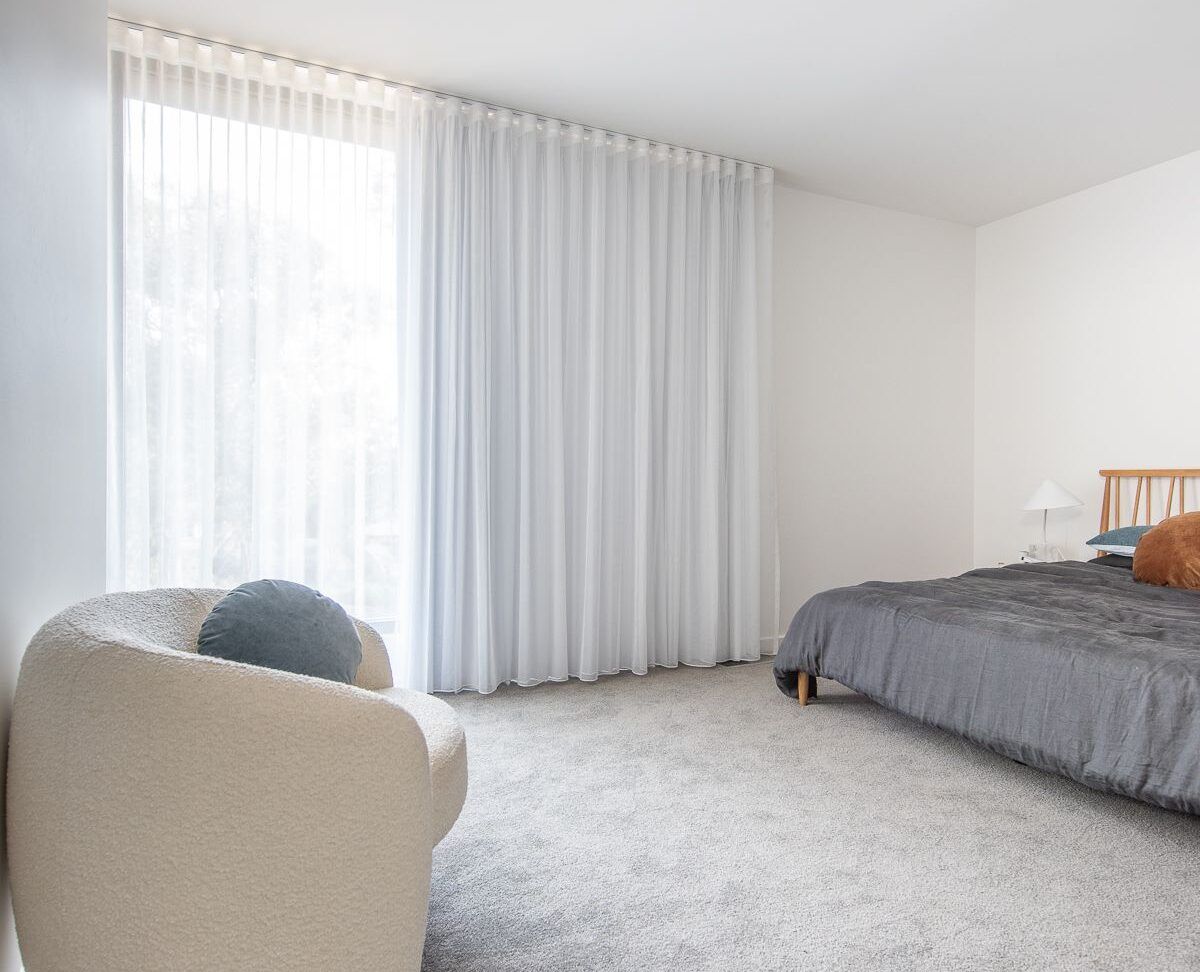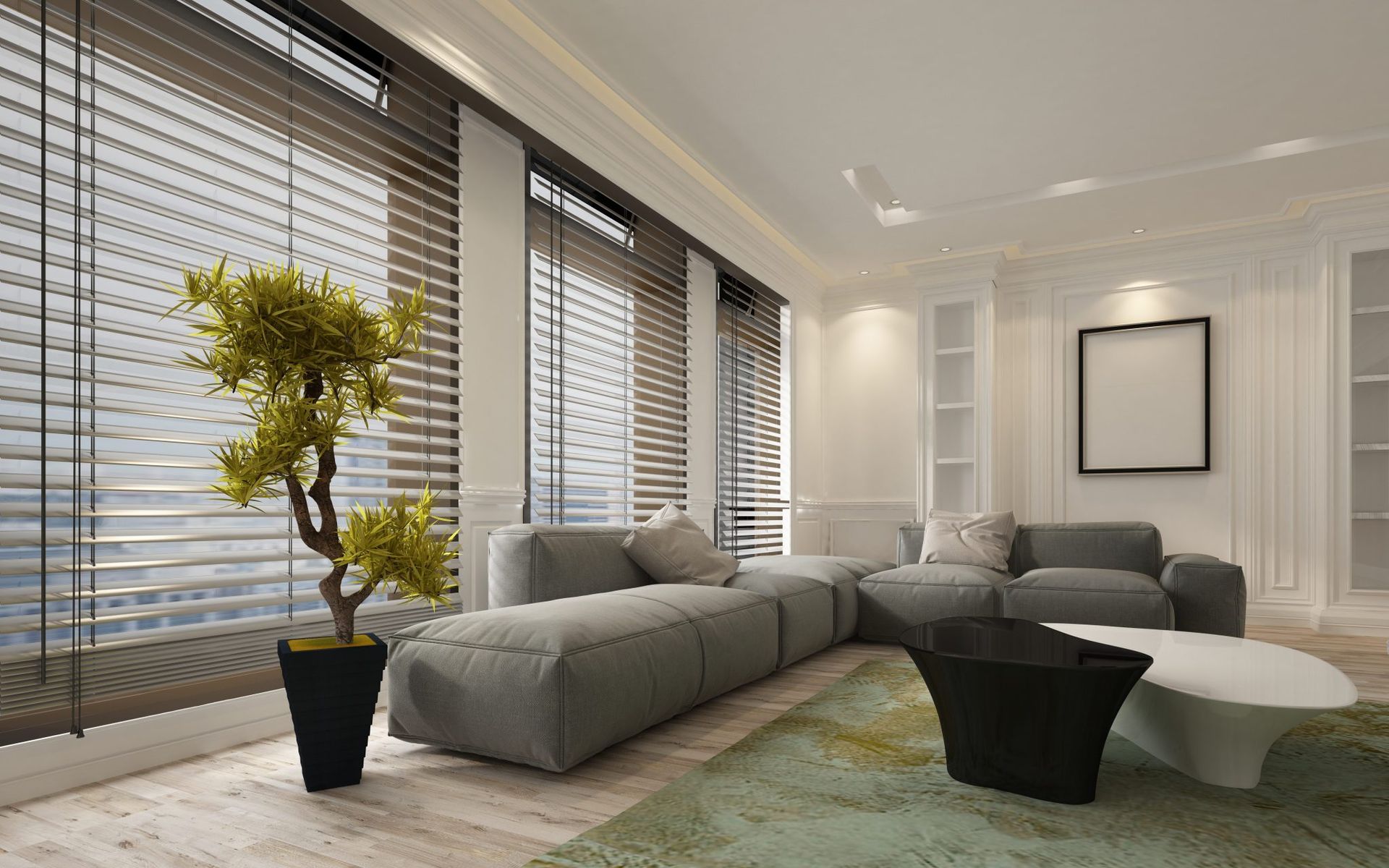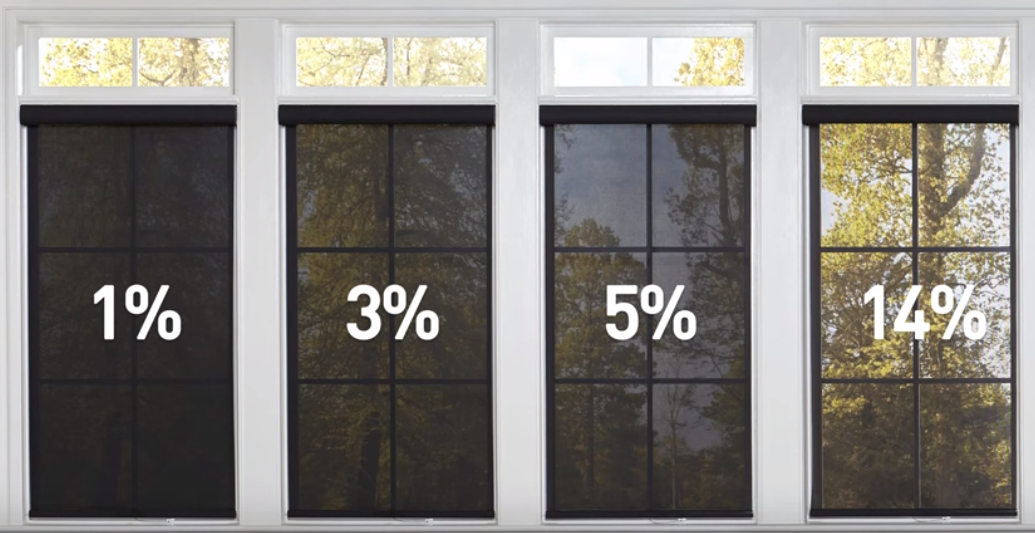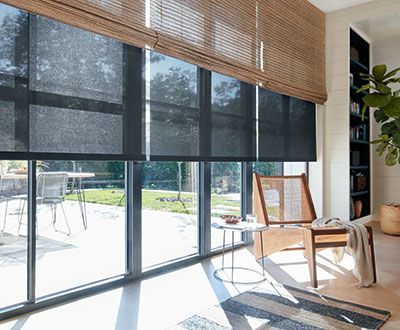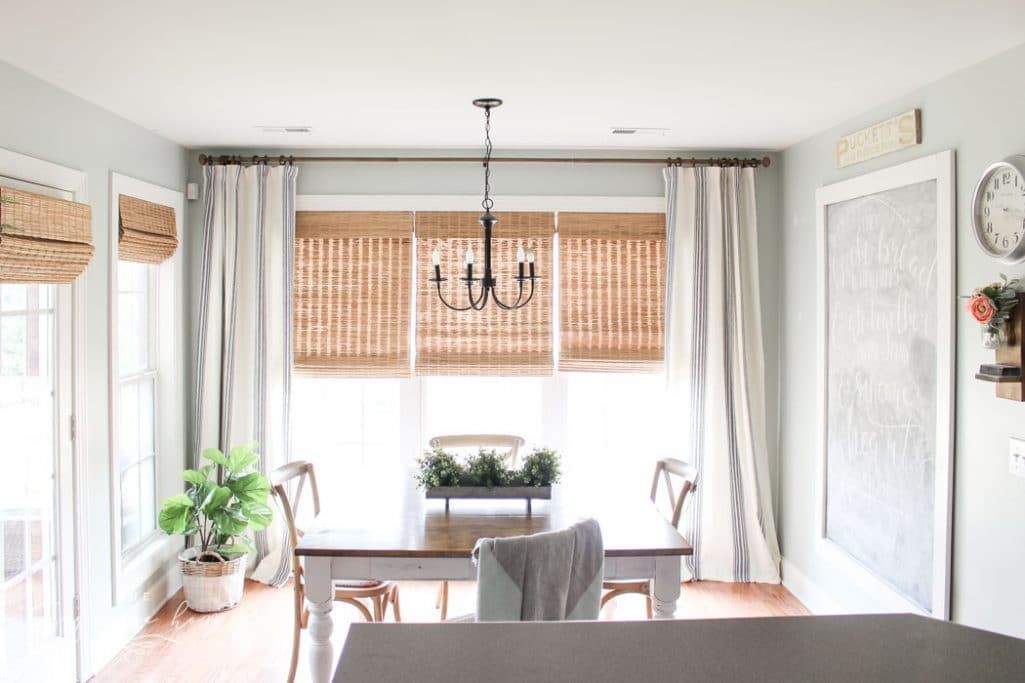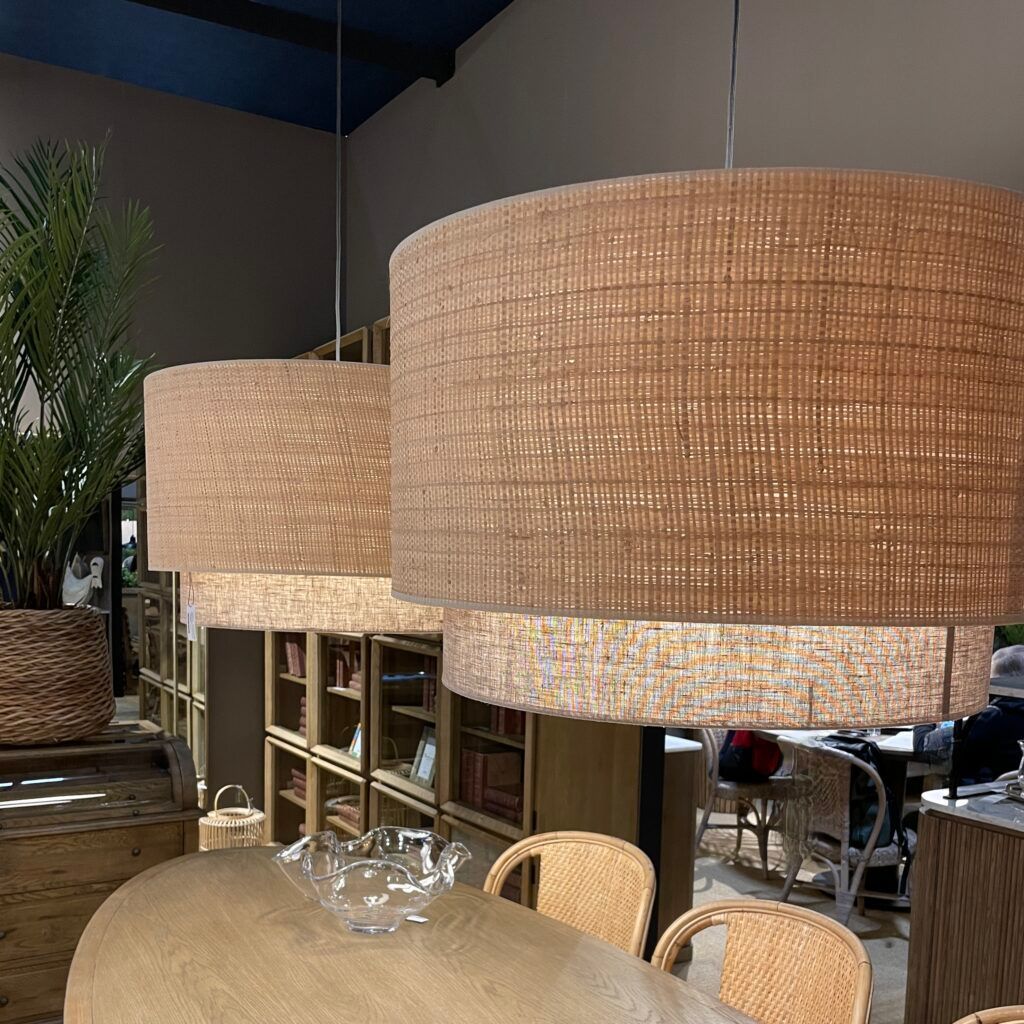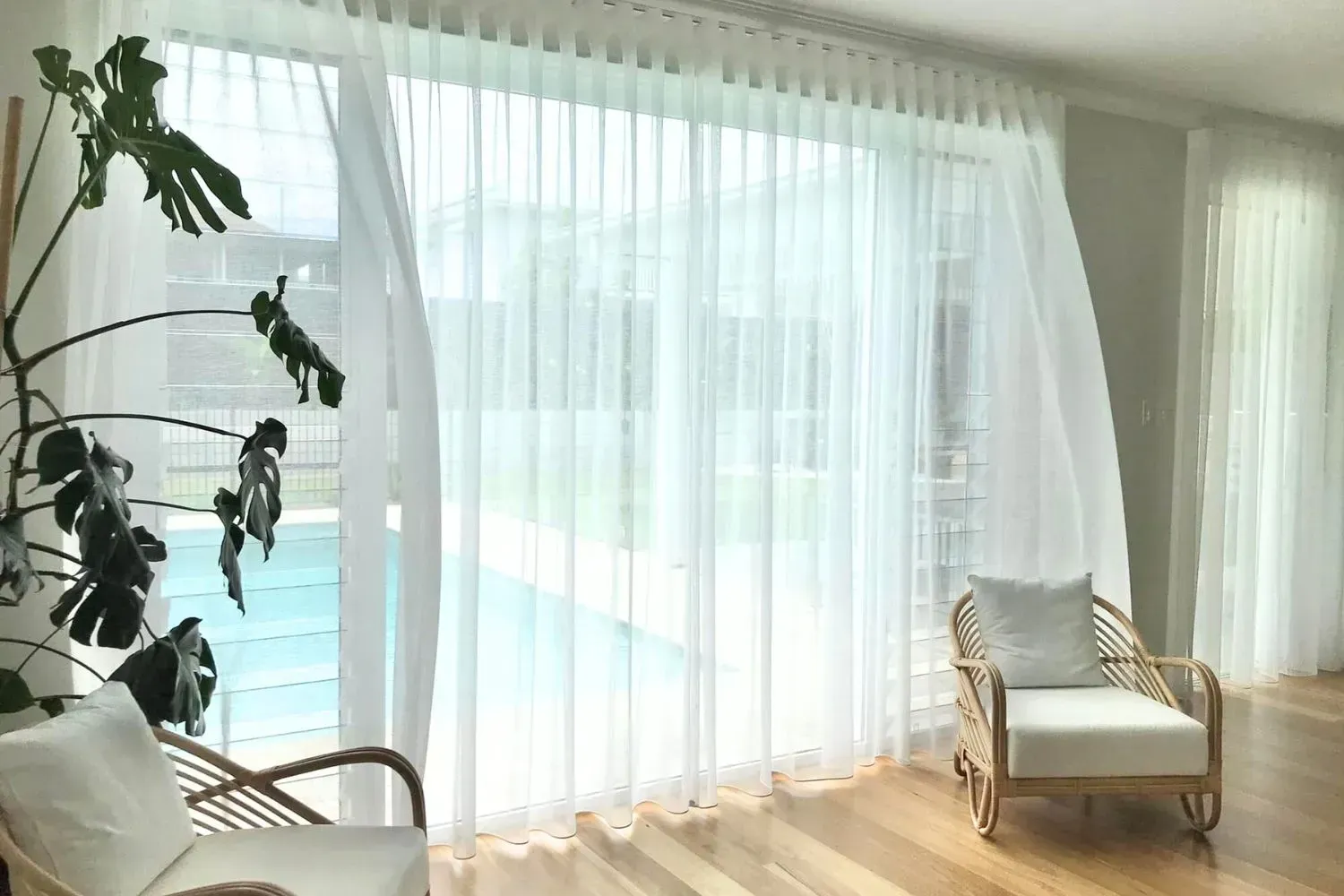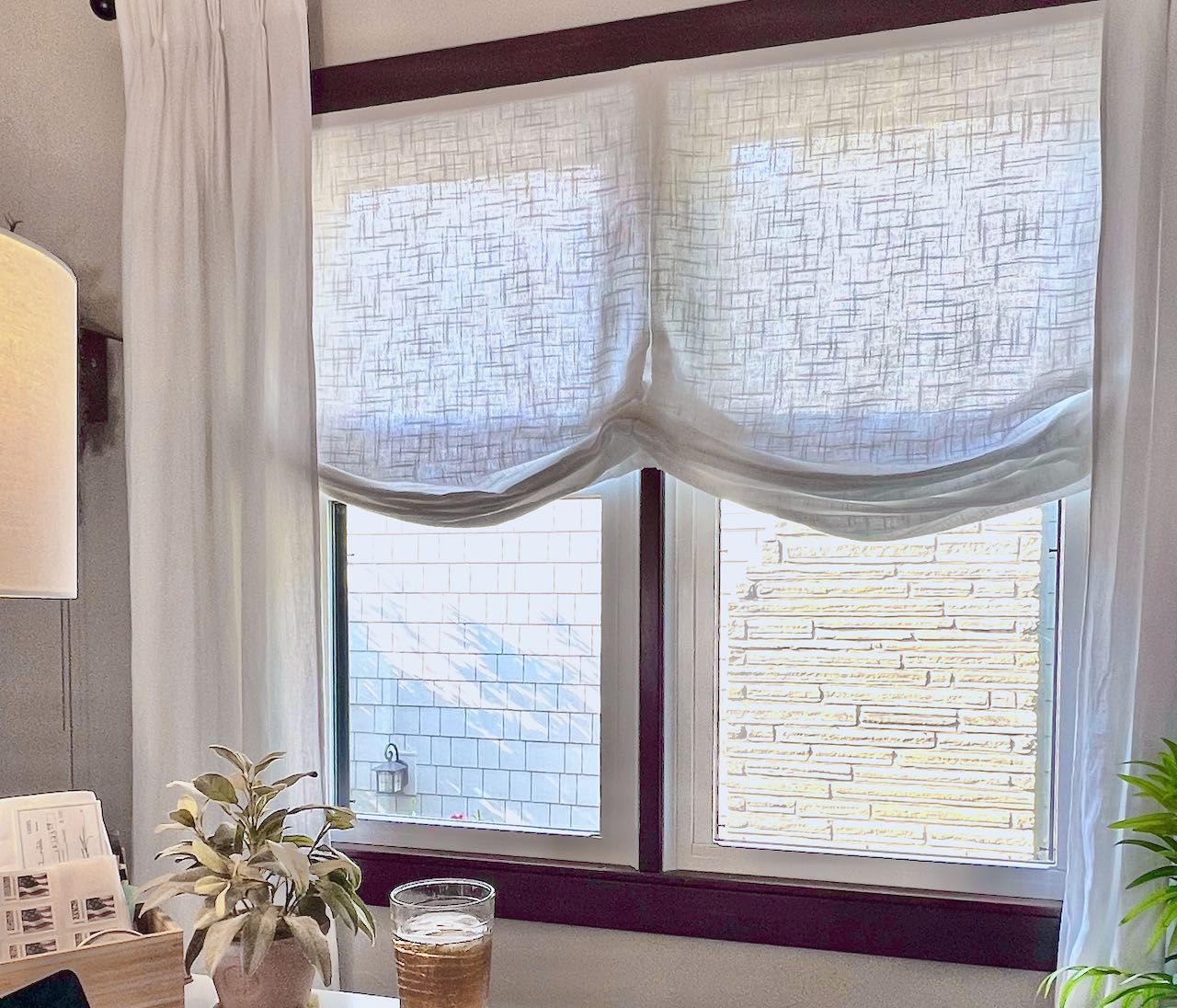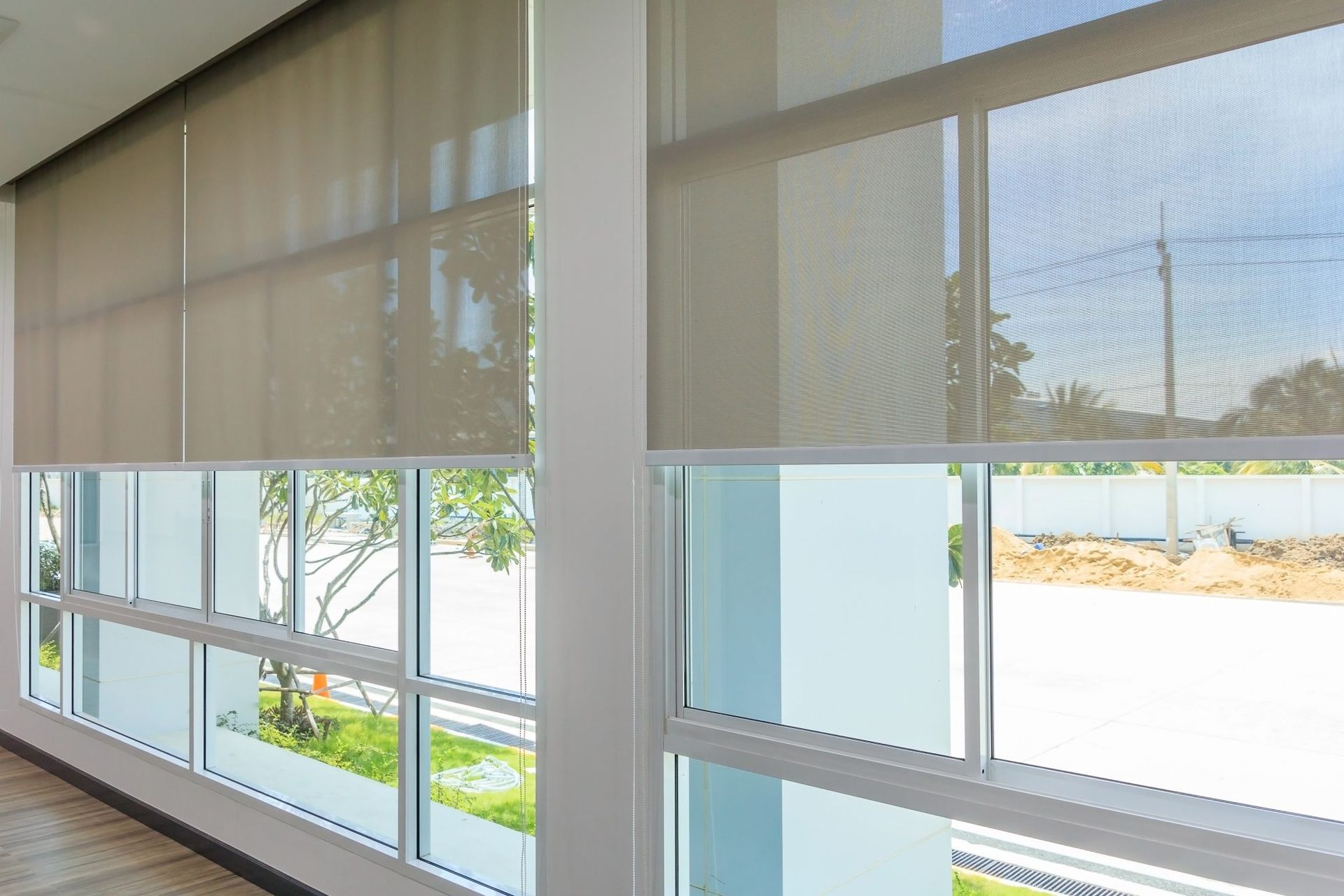Faux Wood Blinds vs. Real Wood Blinds: Pros, Cons, and Which to Choose
Choosing the right blinds can transform a room's aesthetic, improve functionality, and even add value to a property. Faux wood blinds and real wood blinds are both popular options, each offering unique advantages that make them suitable for different environments and style preferences.
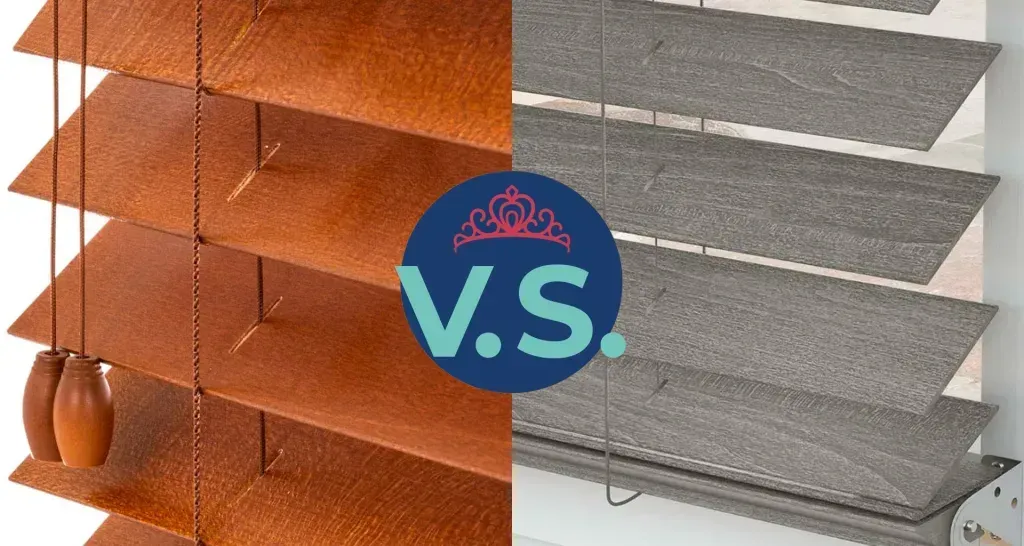
Understanding the Basics: Faux Wood Blinds vs. Real Wood Blinds
When deciding between faux wood and real wood blinds, it’s essential to understand how they differ in terms of material, appearance, durability, and cost. Faux wood blinds, typically made of composite materials like PVC or vinyl, are designed to resemble real wood but are often more resilient to moisture and temperature changes. On the other hand, real wood blinds are crafted from genuine hardwood, offering a timeless, warm aesthetic with rich natural textures.
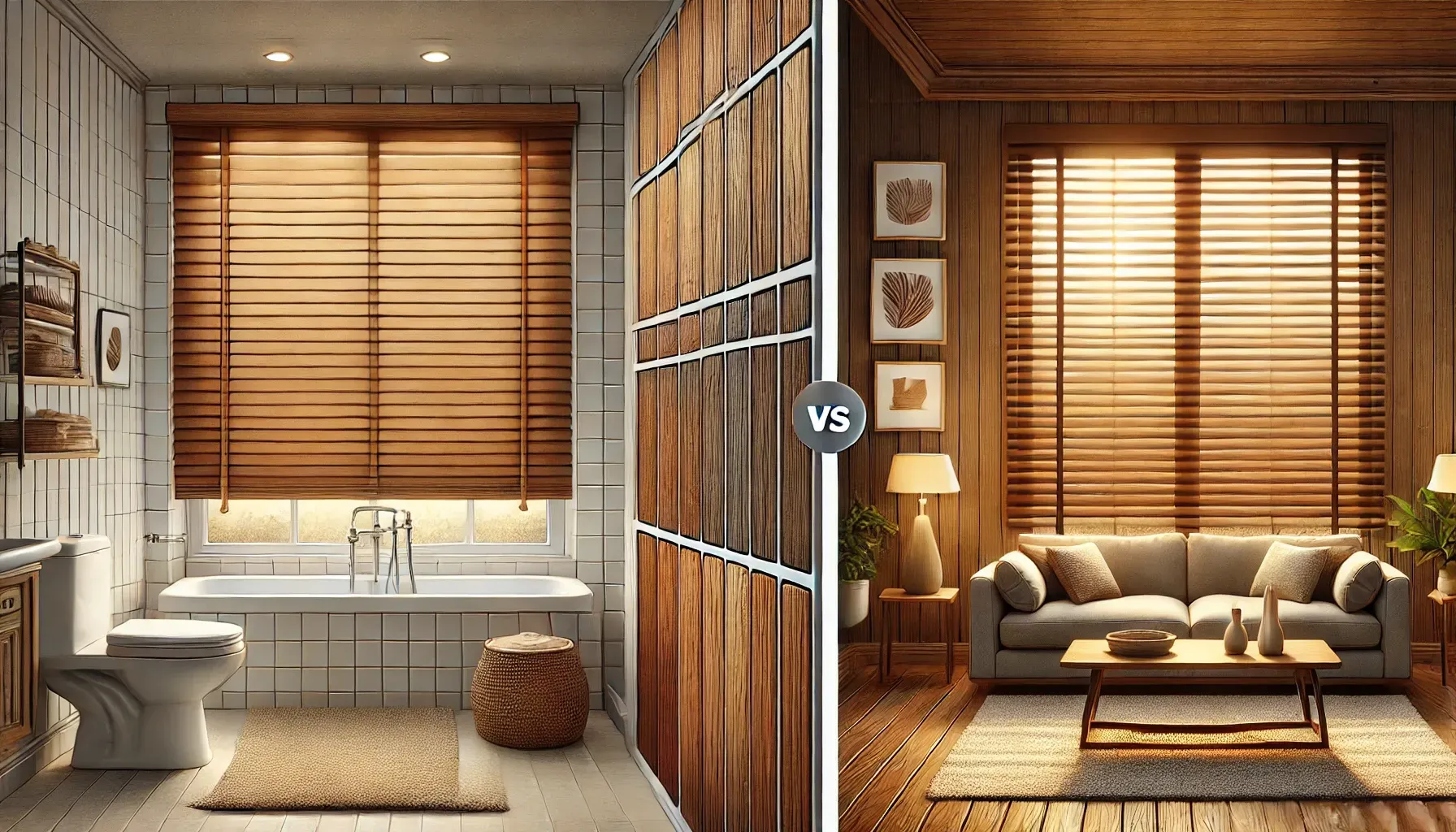
Faux Wood Blinds Pros and Cons
Faux Wood Blinds Pros: Ideal for Humidity and Budget-Conscious Choices
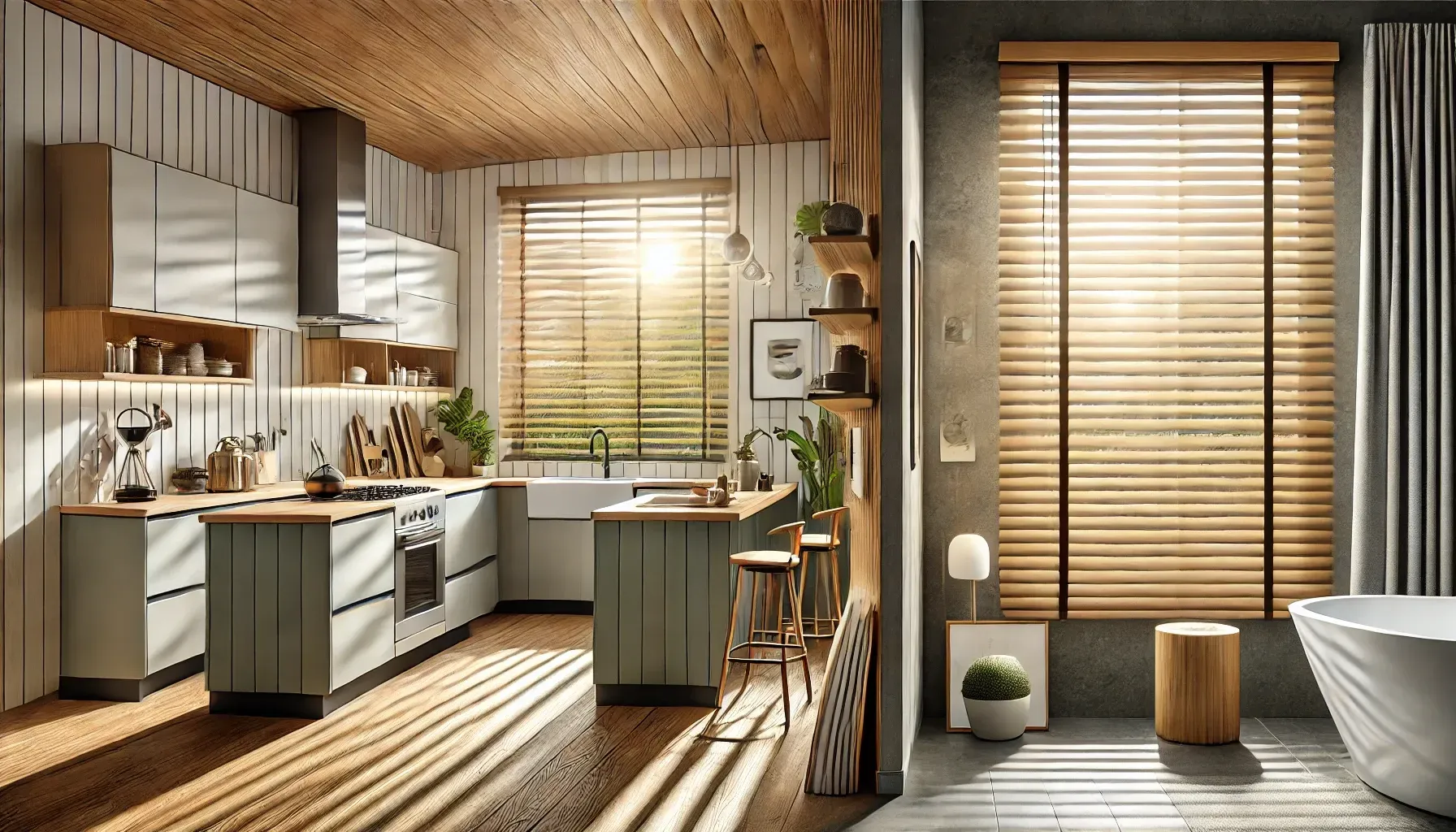
Faux wood blinds are a practical choice for high-moisture environments like kitchens and bathrooms. They’re designed to withstand warping, cracking, and fading, making them an excellent option for areas with high humidity or intense sunlight.
- Durability: Faux wood blinds resist moisture, warping, and cracking, making them perfect for humid areas.
- Affordability: Generally more budget-friendly than real wood blinds, faux wood blinds offer a high-end look without the high-end price.
- Easy Maintenance: Cleaning faux wood blinds is simple; a damp cloth usually does the job.
- Variety of Colors: Faux wood blinds are available in many colors, allowing for a seamless match with any decor.
Faux Wood Blinds Cons: Limited Aesthetic and Heavier Weight
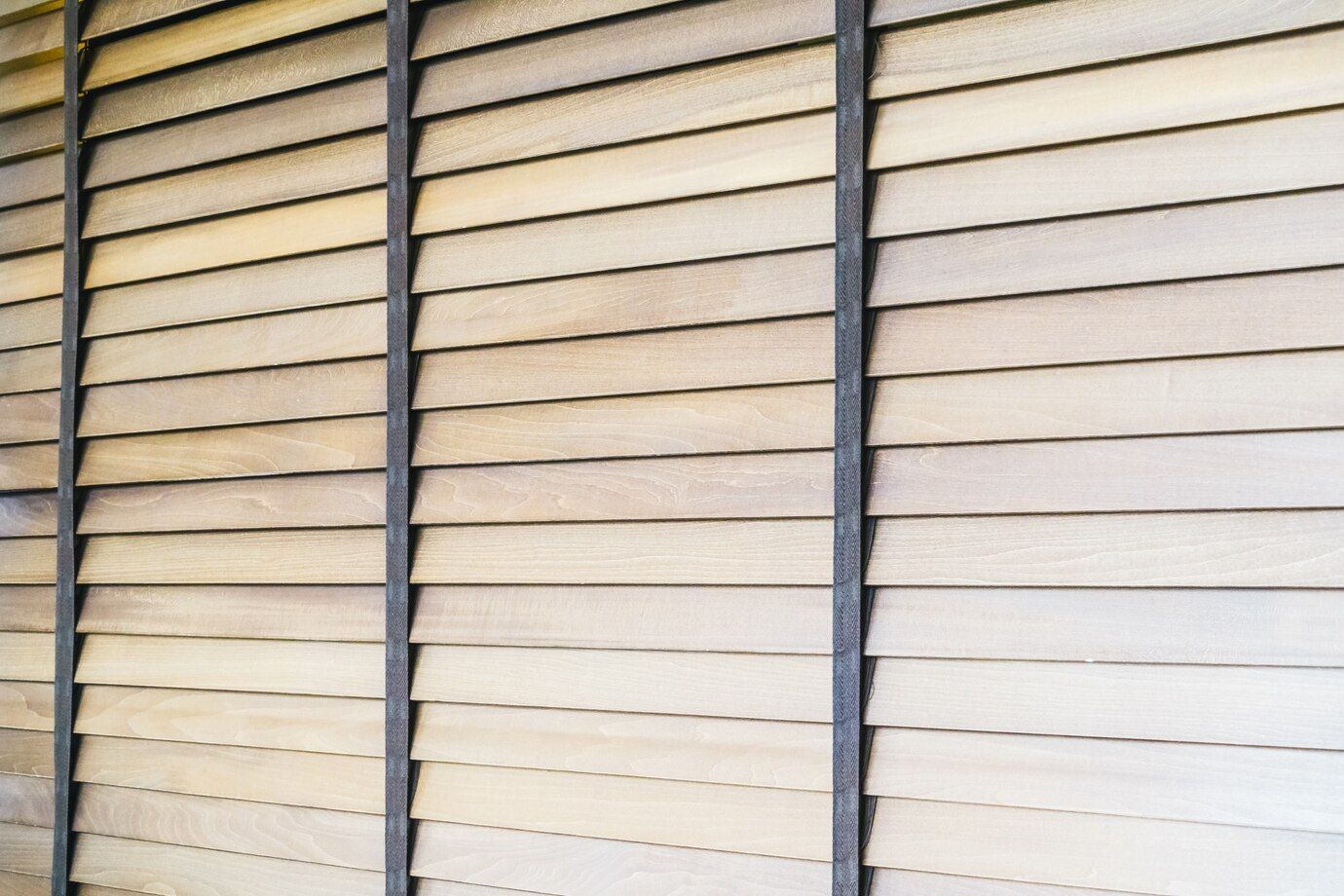
While faux wood blinds offer practical benefits, they may not fully replicate the luxurious look of real wood. The synthetic material, although designed to resemble natural wood, lacks the distinct grain patterns that give real wood its character.
- Less Natural Look: Faux wood doesn’t provide the unique, authentic grain and warmth of real wood.
- Potential for Fading: Over time, some faux wood blinds may fade with prolonged sun exposure.
- Heavier Weight: Faux wood can be heavier than real wood, which may be a consideration for larger windows or spaces where the weight could impact functionality.
Real Wood Blinds Pros and Cons
Real Wood Blinds Pros: Premium Aesthetic and Customization Options
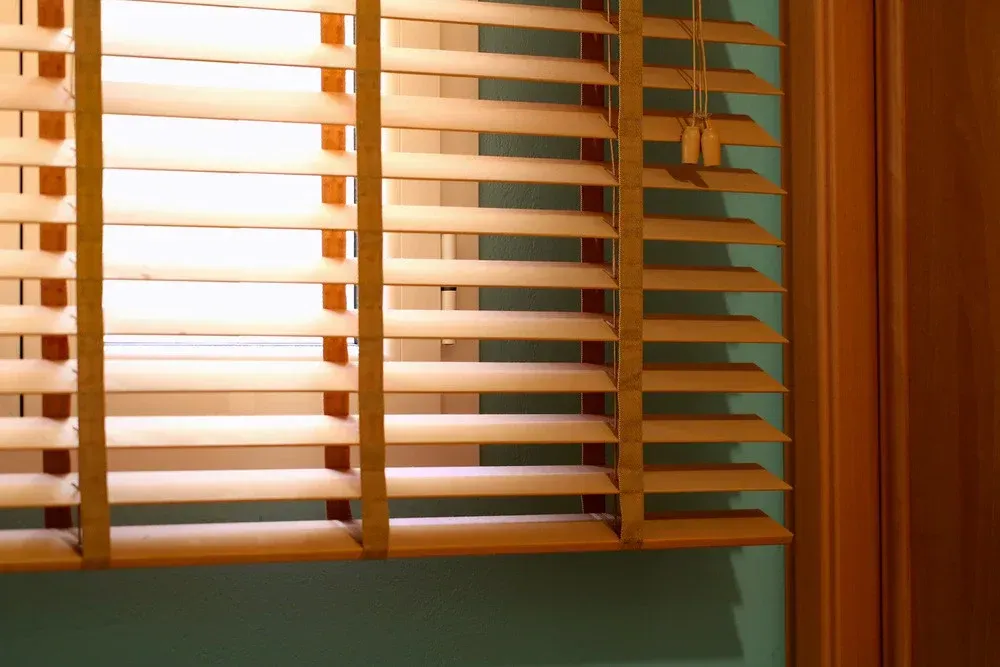
For those who value natural beauty and are willing to invest in it, real wood blinds are an excellent choice. They add a timeless appeal to rooms, complementing both modern and classic decor with elegance.
- Natural Beauty: Real wood blinds feature unique grain patterns that create a warm, sophisticated look.
- Customizable: Available in various finishes and stains, real wood blinds can be tailored to suit specific design preferences.
- Longevity: With proper care, real wood blinds can last for decades, making them a long-term investment.
Real Wood Blinds Cons: Maintenance and Cost Considerations
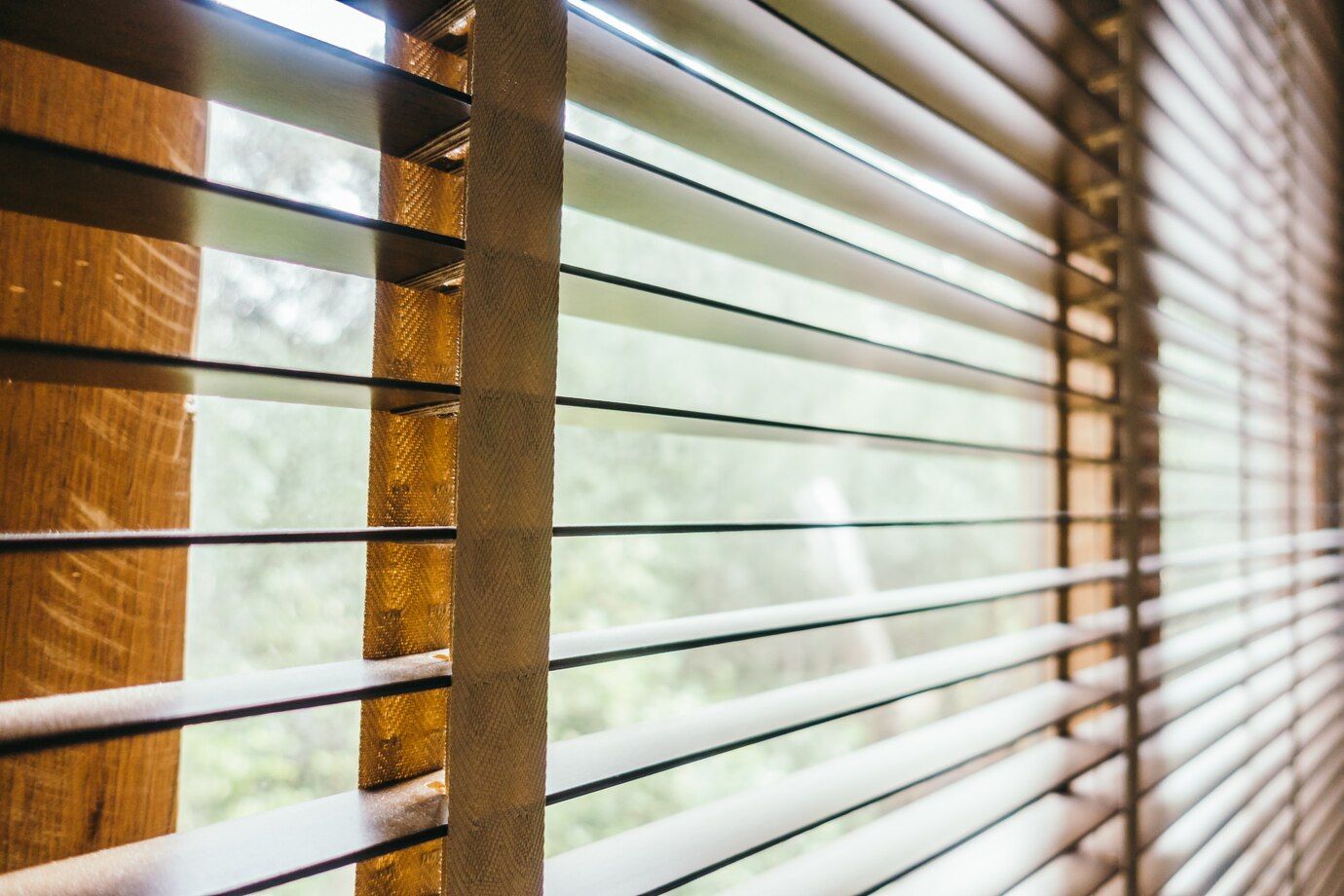
While real wood blinds offer exceptional beauty, they come with certain drawbacks, particularly when exposed to humid environments. They’re better suited for dry rooms like living areas and bedrooms, where they won’t be exposed to high moisture levels.
- Higher Cost: Real wood blinds are generally more expensive than faux wood options.
- Moisture Sensitivity: Wood can warp or crack in high humidity, making it less suitable for bathrooms and kitchens.
- Maintenance Needs: These blinds require careful cleaning and occasional refinishing to maintain their appearance and longevity.
Which to Choose: Expert Guide
Choosing between faux wood and real wood blinds largely depends on where you plan to install them and your design priorities. Here’s a quick guide to help make the decision easier:
Choose Faux Wood Blinds If:
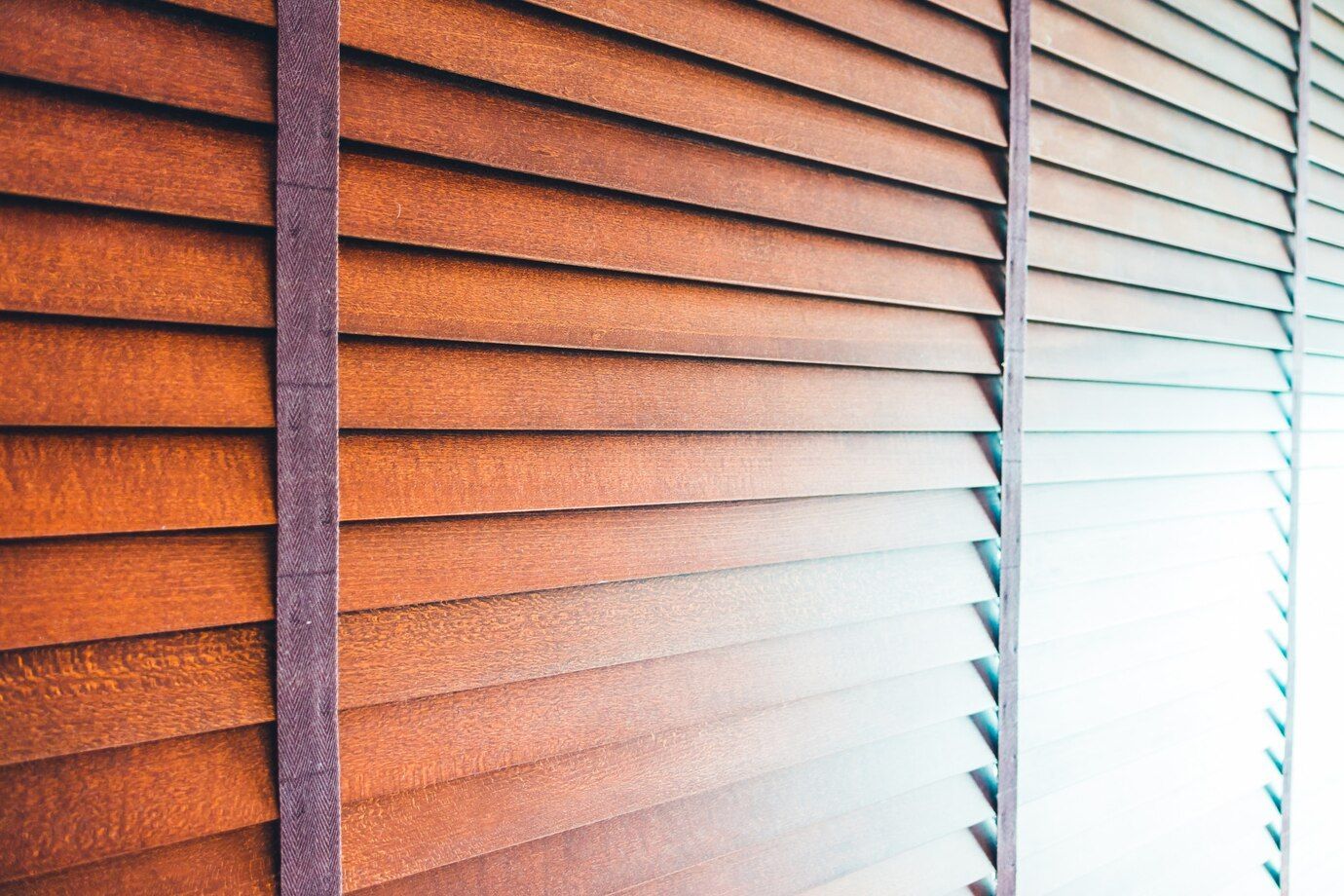
- You need a budget-friendly option that doesn’t compromise on style.
- The blinds will be in a high-humidity room like a bathroom or kitchen.
- You prefer a low-maintenance, easy-to-clean solution.
- You want a variety of colors to match a specific decor style.
Choose Real Wood Blinds If:
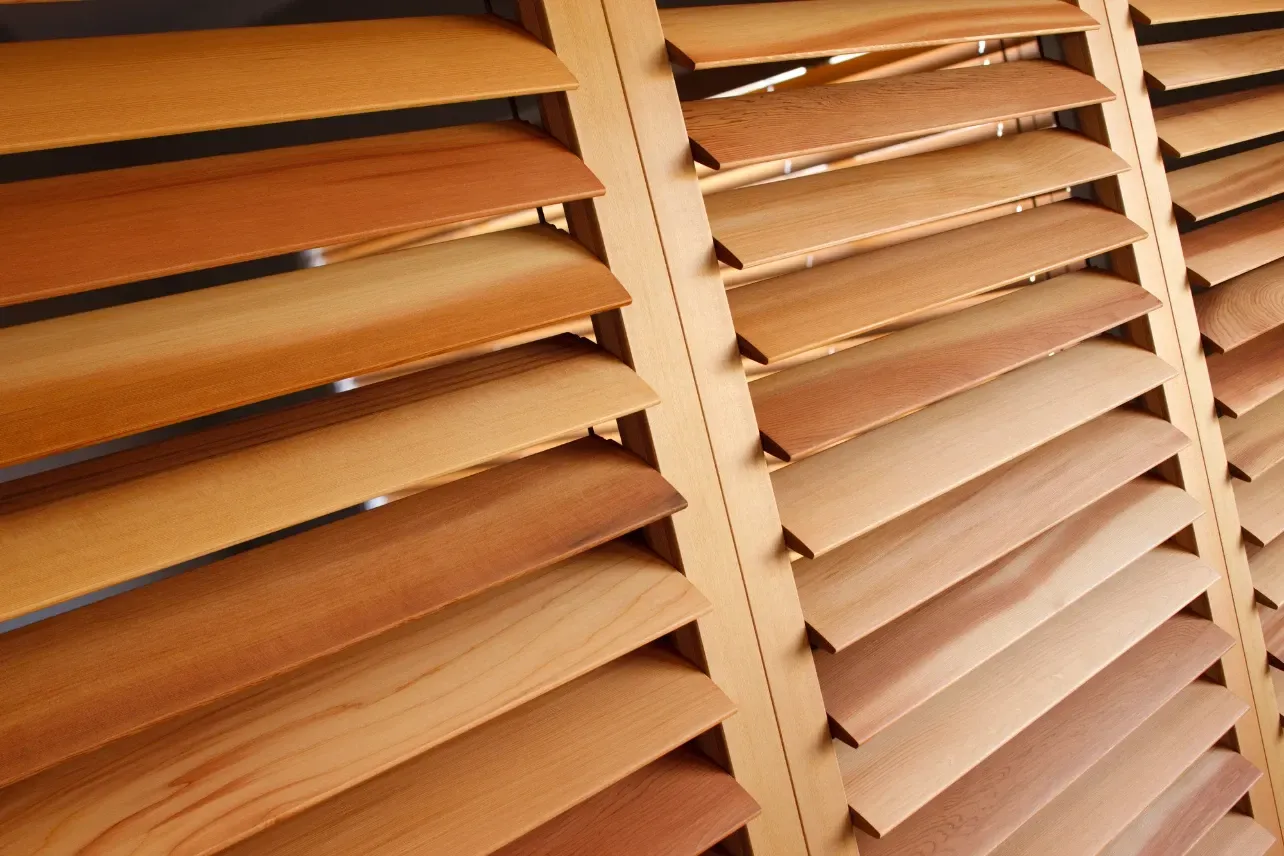
- You prioritize a natural, premium aesthetic and are willing to invest in it.
- The room is relatively dry, such as a living room or bedroom.
- You prefer customization options in finish and stain.
- You’re ready to commit to the required maintenance for longevity.
Conclusion
When choosing between faux wood blinds and real wood blinds, consider the specific needs of each room, your budget, and your design goals. Faux wood blinds offer durability and moisture resistance, making them ideal for humid areas, while real wood blinds provide timeless beauty for spaces where you can showcase their elegance. Whatever you decide, both types of blinds can enhance your home’s style and functionality in unique ways, ensuring that your choice is tailored to your preferences and lifestyle.

